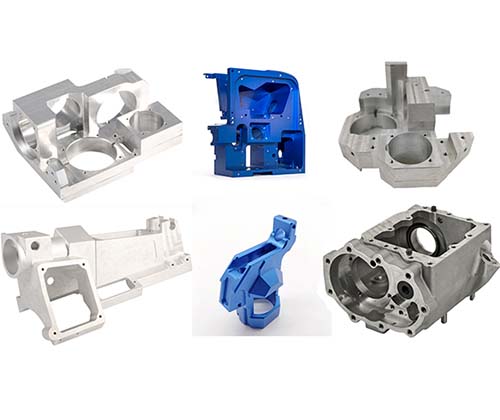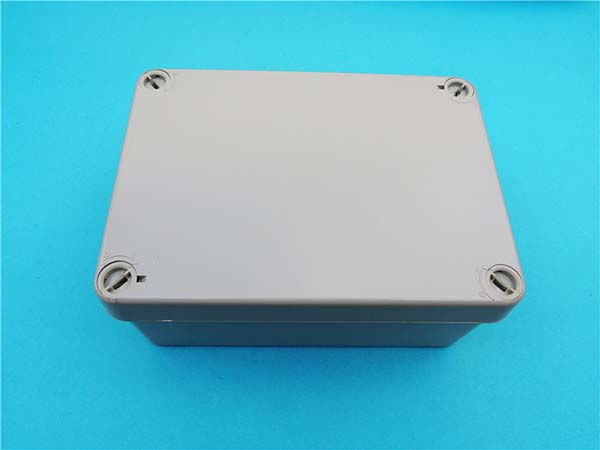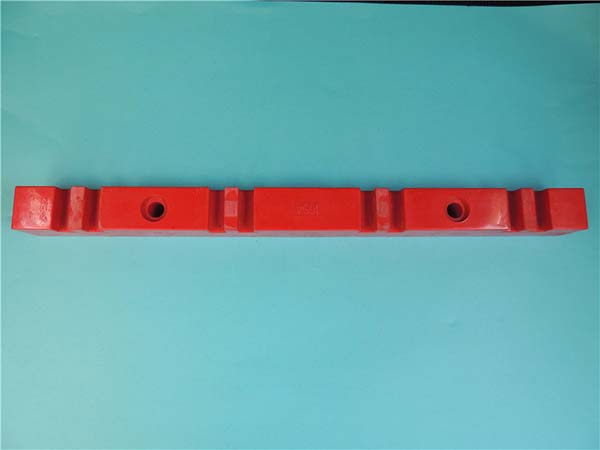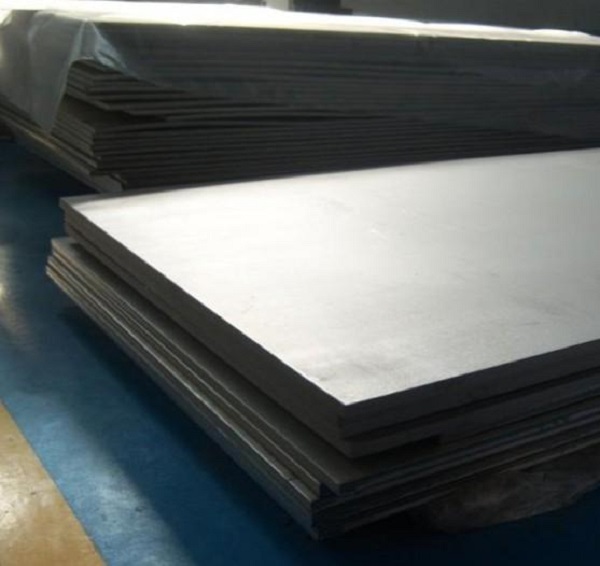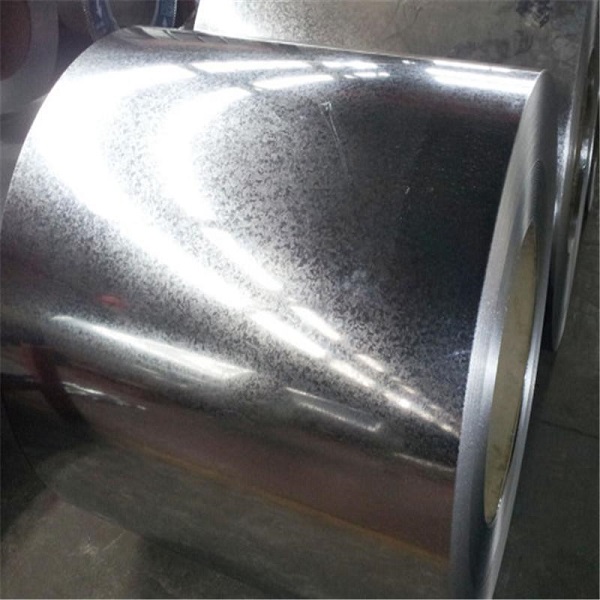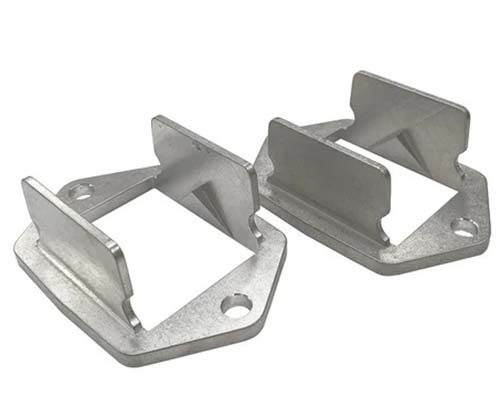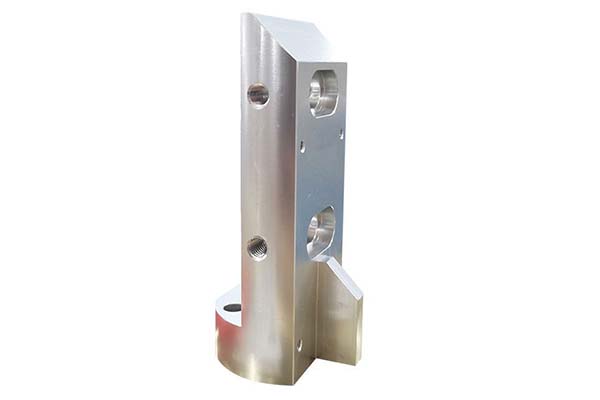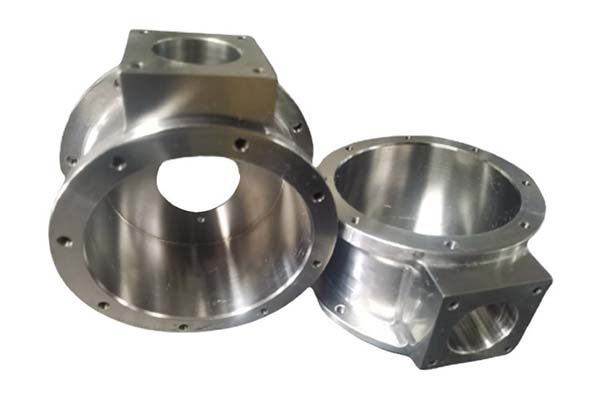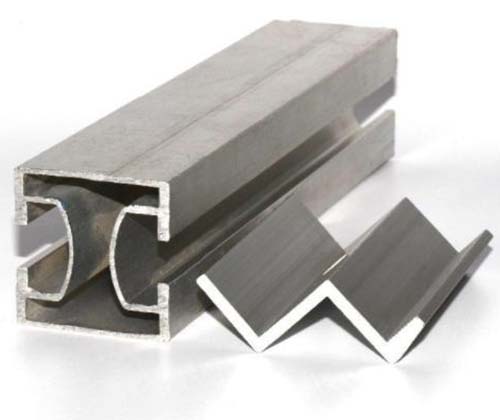Introduction
When manufacturers and engineers need a material that prioritizes ductility, corrosion resistance, and high conductivity over extreme strength, they often struggle to find the right fit. Many aluminum alloys are too strong but lack the softness needed for intricate forming, while other metals fail in corrosion-prone or conductive applications. Sheet Metal 1050/1100 (Pure Al) fills this gap, offering exceptional workability and purity for specialized needs. In this article, we’ll explore their composition, manufacturing, surface treatments, and applications to show why they’re invaluable in industries like packaging and electrical components.
Material Composition and Properties of Sheet Metal 1050/1100 (Pure Al)
Alloy Composition
- High Aluminum Content: 1050 aluminum and 1100 aluminum are classified as pure aluminum alloys, with minimal alloying elements. 1050 aluminum has an aluminum content of 99.5%, while 1100 aluminum contains 99.0% aluminum, with small amounts of copper (0.05 - 0.20% in 1050; 0.05 - 0.25% in 1100) to slightly enhance strength without sacrificing purity. This high aluminum content is what gives them their unique properties, making them stand out from higher-alloyed alternatives.
Key Properties
- Ductility, Softness, and Workability: The most defining feature of these alloys is their exceptional ductility—they can be bent, stretched, or formed into complex shapes without cracking, even at room temperature. 1100 aluminum has an elongation of 35 - 45%, and 1050 aluminum reaches 30 - 40%, far exceeding many other aluminum alloys. Their softness (Brinell hardness of 20 - 30 HB) makes them easy to cut, stamp, or spin, a boon for manufacturing processes like punching and deep drawing in packaging production. This workability is unmatched, making them ideal for parts that require intricate forms, such as food cans and decorative architectural components.
- Strength and Corrosion Resistance: While they have low strength compared to alloyed aluminum (tensile strength of 70 - 110 MPa for 1050; 90 - 120 MPa for 1100), their strength is sufficient for non-structural applications. Their corrosion resistance is excellent, thanks to the natural oxide layer formed by high aluminum content, making them suitable for food and beverage containers, chemical containers, and marine applications where purity and rust resistance are critical.
- Conductivity and Other Properties: Both alloys excel in high conductivity—electrical conductivity of 55 - 65% IACS (International Annealed Copper Standard) for 1050, and 55 - 60% for 1100—making them ideal for electrical components like bus bars and wire cores. Their thermal conductivity (200 - 220 W/(m·K)) is also high, useful for heat sinks in low-power electronics. They’re lightweight (density of 2.7 g/cm³) and 100% recyclable, aligning with sustainability goals. Their oxidation resistance ensures they withstand exposure to air and water without degradation, a key trait for outdoor construction trim.
Manufacturing Processes of Sheet Metal 1050/1100 (Pure Al)
Forming and Shaping
- Rolling and Forming: Rolling is the primary process for producing sheets, where ingots are passed through rollers to achieve thicknesses from 0.1 mm (for foil) to 10 mm. Their ductility allows for cold rolling without annealing, though annealing (heating to 340 - 410°C) is used to restore softness after heavy cold working, ensuring consistent workability. Bending and forming are effortless—even sharp bends (180°) are possible without cracking, which is essential for electrical components like terminal strips and automotive trim.
- Cutting and Machining: Cutting methods like laser cutting and shearing produce clean edges with minimal effort, critical for electrical components that require precise dimensions. CNC machining is straightforward due to their softness, though tools must be sharp to avoid tearing. Welding is possible with TIG or MIG methods, but care is taken to avoid overheating, which can warp the soft metal. Unlike heat-treatable alloys, they don’t benefit from heat treatment for strength—their properties are optimized through cold working and annealing.
Surface Treatment and Finishing of Sheet Metal 1050/1100 (Pure Al)
Common Treatments
- Anodizing and Chemical Conversion: Anodizing enhances their natural oxide layer, improving corrosion resistance and allowing dyeing for architectural components or decorative parts. Chemical conversion coating (like chromate or non-chromate treatments) is used to prepare surfaces for painting or bonding, often in electrical components and automotive parts. These treatments don’t compromise their ductility, ensuring post-treatment forming remains possible.
- Polishing and Finishes: Their softness makes them easy to polish to a mirror finish, popular in decorative applications like architectural components and lighting fixtures. Brushed finish adds a subtle texture, common in home appliances and food and beverage equipment. Protective films are often applied during shipping to prevent scratches, and corrosion-resistant coatings are used in harsh environments, though their inherent resistance often makes coatings unnecessary for indoor use. Surface roughness can be controlled to 0.05 - 1 μm Ra, ensuring smoothness for food contact or electrical conductivity.
Applications of Sheet Metal 1050/1100 (Pure Al)
Packaging and Food Industry
- Packaging and Food Containers: The ductility and purity of these alloys make them perfect for packaging. 1100 aluminum is widely used for food cans, foil wraps, and bottle caps, as it’s non-toxic and easy to seal. 1050 aluminum is preferred for flexible packaging and thin foils, where its high purity prevents flavor contamination in food and beverage products. Their ability to be formed into airtight seals ensures product freshness, a critical factor in the food industry.
- Chemical Containers: Their corrosion resistance suits them for chemical containers holding mild acids, oils, or solvents. They’re used for small tanks, drums, and laboratory vessels, where purity and resistance to chemical attack are essential.
Electrical and Construction Applications
- Electrical Components: Their high conductivity makes them ideal for electrical components like bus bars, transformer windings, and capacitor cases. 1100 aluminum is often chosen for these parts, as its slightly higher strength ensures durability during installation and use. Their workability allows for precise shaping into terminals or connectors, ensuring reliable electrical contact.
- Construction and Industrial Uses: In construction, they’re used for decorative trim, signage, and non-structural architectural components, where their malleability allows for custom designs. Industrial machinery uses them for gaskets, heat shields, and ducting, leveraging their thermal conductivity and corrosion resistance. They’re also found in aerospace as non-structural parts like insulation and ducting, where weight savings and purity are prioritized over strength.
Yigu Technology's Perspective
As a parts custom manufacturing supplier, Yigu Technology relies on Sheet Metal 1050/1100 (Pure Al) for projects demanding exceptional workability and purity. We use laser cutting, CNC machining, and precision bending to produce parts for packaging, electrical components, and food and beverage equipment. Our expertise in anodizing and polishing ensures these soft alloys meet both functional and aesthetic needs, proving their value in applications where higher-strength materials would fail.
FAQs
- What’s the main difference between 1050 and 1100 aluminum?
- 1050 aluminum has higher purity (99.5% vs. 99.0% in 1100) and slightly better conductivity, while 1100 aluminum has marginally higher strength due to added copper, making it better for applications needing a balance of formability and durability.
- Can these alloys be used for structural parts?
- No—their low strength makes them unsuitable for structural loads. They’re best for non-structural applications like packaging, electrical components, and decorative parts where ductility and purity matter more.
- Are 1050/1100 aluminum suitable for food contact?
- Yes—their high purity and corrosion resistance meet food safety standards (like FDA requirements), making them ideal for food and beverage containers, cans, and processing equipment.
